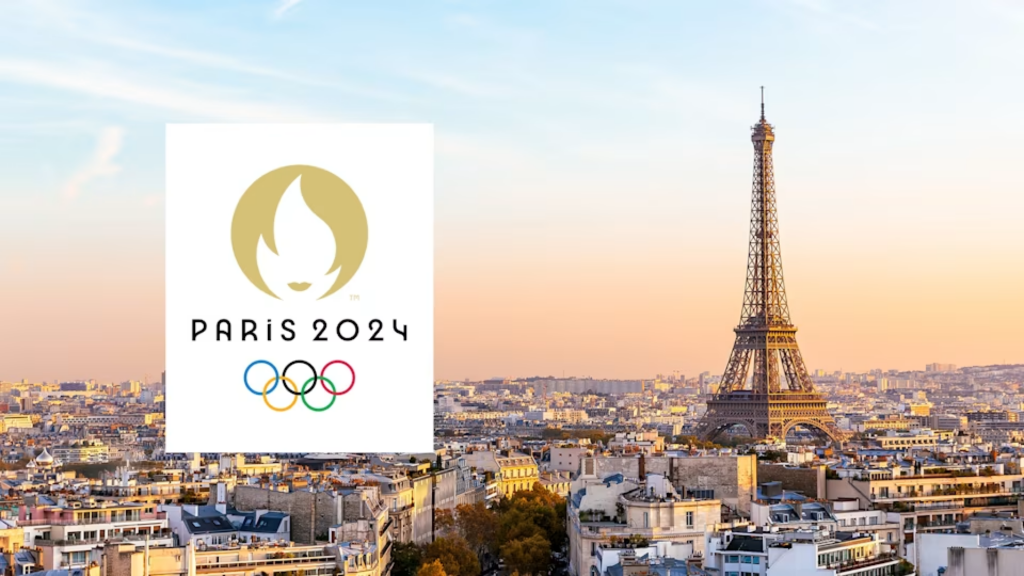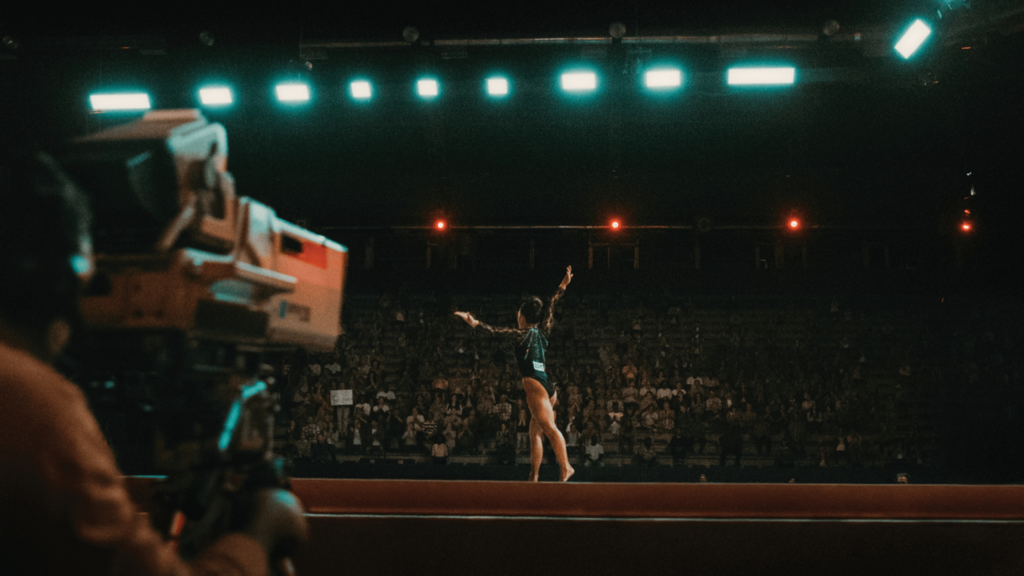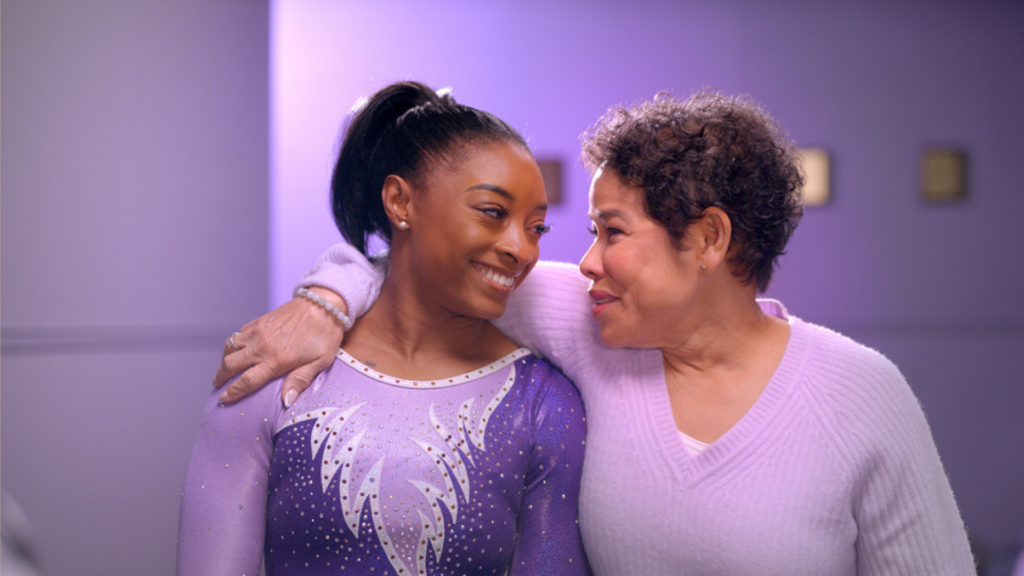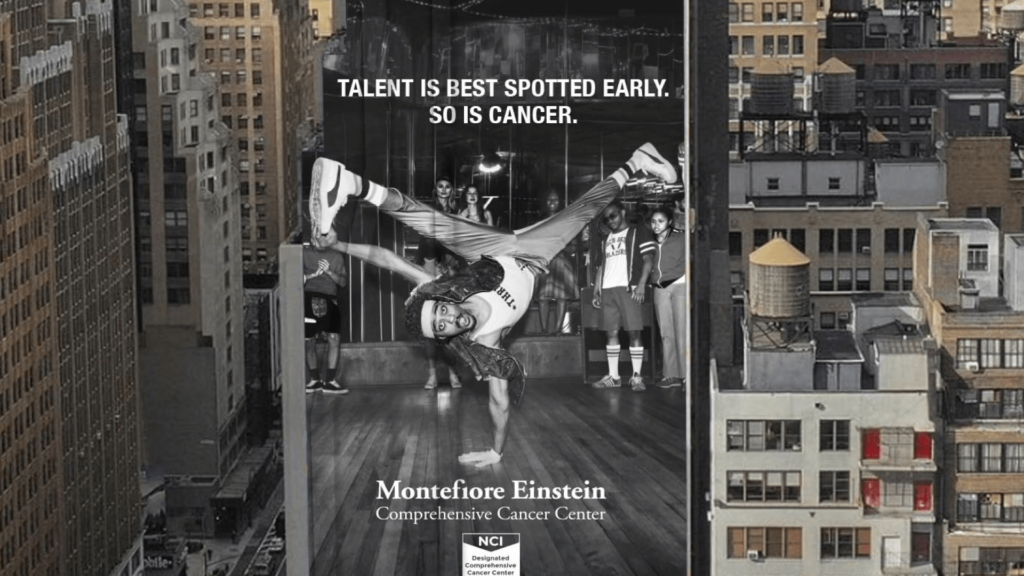Breaking Through Barriers: Health Brands spark Conversations at the Paris’ Summer Olympic Games
Tags: Ad Campaign, Awareness, DE&I, Fashion, Health, Olympics, Pharma, Sparks Conversation, Sports.
Beyond Sanofi, a Paris 2024 premium partner, which is leveraging the Games’ spotlight to make science more accessible through its recent medical marketing campaign to which we dedicated a special edition (see here), other pharmaceutical and healthcare companies are also capitalizing on the Olympics as a platform for advertising/ branding. But there’s more than meet the eyes.

The pharmaceutical industry is actively shifting its focus, as evidenced by its unprecedented presence at global events. This movement reflects a clear industry-wide desire to connect more closely with consumers and to establish a relationship that extends beyond associations with illness. The goal is to change the narrative to something more positive, moving away from simply treating sickness and focusing on product performance, towards a broader emphasis on health and life.
Case 1
One Body (US)
Eli Lilly released a campaign in the US to show it is ready for the Olympics – not only the games in Paris but all of the games through the Los Angeles edition in 2028.
One Body is a minute-long film that highlights the accomplishments of Olympic athletes and underscores why people should take proactive care to protect their health.
The film underscores that while people cannot choose their bodies, their bodies significantly influence their life experiences. Its core message is that health is worth fighting for.

It is running on broadcast, online, and digital streaming platforms. The film is supported by social media partnerships with Lilly’s roster of sponsored athletes, featuring well-known names like gymnasts Simone Biles and Suni Lee, as well as out-of-home (OOH) activations.
Lilly is a partner of both the U.S. Olympic and Paralympic Teams and serves as the official Team USA partner in health equity.
The pharma giant also launched its Milestones into Meaning Program to benefit 24 U.S.-based charitable organizations addressing health inequities.
The company will donate $5,000 for every Team USA Olympic and Paralympic medal won as well as every world record or Olympic/Paralympic record achieved in Paris.
Case 2
Simone and Nelly Biles (US)
Eli Lilly has expanded its Olympic-themed marketing campaign for the GLP-1 diabetes drug Mounjaro, featuring Olympic gymnast Simone Biles and her mother, Nellie. Interestingly, while Nellie lives with type 2 diabetes, neither Simone nor her mother uses Mounjaro.

The TV ad opens with a dramatic close-up of Simone as she prepares for a gymnastic routine. In a voiceover, Nellie draws a parallel between her daughter’s intense dedication and the challenges faced by individuals managing type 2 diabetes. The camera then shifts to Nellie watching Simone compete, as she poses a thought-provoking question: “If hard work alone isn’t enough to conquer diabetes, could there be a different approach?”
Case 3
Montefiore Einstein Connects Cancer Detection to Bronx Breaking Scene (US)
Bronx-based Montefiore Einstein Comprehensive Cancer Center has unveiled a unique campaign linking the borough’s iconic breakdancing culture to cancer detection. The campaign features a two-minute film highlighting the parallel between the birth of break dancing in the Bronx and the early detection of cancer in patients. The film made its debut during the Paris Olympics opening ceremony broadcast.
To further amplify the message, Montefiore has created a striking outdoor mural featuring renowned break-dancer Alexis Holguin on 8th Avenue, NYC.

Additionally, the healthcare provider is collaborating with dance house Nemesis to establish a breakdancing school in the Bronx, fostering the next generation of breakdancers while elevating the borough’s standing in the global dance scene.
Case 4
Figs Outfits Team USA Medical Staff (US)
Medical apparel brand Figs has announced a partnership to outfit the entire 250-person U.S. Olympic Medical Team for the Paris Games. To celebrate this milestone, Figs has launched the “Anatomy of a Champion” campaign, a minute-long film showcasing the dedication of healthcare professionals supporting Team USA athletes.

The campaign is having a strong presence across North America, with the film airing on NBCUniversal platforms throughout the Olympics. Additionally, Figs rolled out out a robust out-of-home advertising campaign featuring billboards, subway stations, and buses in major cities including Los Angeles, New York, and Philadelphia.
Key Takeaways:
our cut ABBOVE
We saw
The pharmaceutical industry is shifting its focus, as shown by its unprecedented presence at global events. The industry is moving towards building positive consumer relationships, shifting from treating sickness and product performance to emphasizing health and life.
Leveraging Cultural Relevance: By aligning with cultural moments like the Olympics, brands can significantly amplify their message and reach a broader audience.
We learned that
The Importance of Authenticity: Consumers are increasingly discerning. Genuine connections with audiences are essential for long-term success.
The Value of Partnerships: Collaborating with influential figures or
organizations can elevate a brand’s profile and credibility.
The Power of Visual Storytelling: Engaging visuals can capture attention and communicate complex messages effectively.
This encourages us to
Explore New Narratives: We can explore storytelling opportunities beyond product benefits, focusing on patient journeys, human interest stories, or societal issues.
Leverage Cultural Moments: Identifying relevant cultural events and finding ways to align our brands with them can create significant impact.
Building Stronger Partnerships: We can seek out strategic partnerships with influencers, patient advocacy groups, or other healthcare organizations to amplify our message.
Triggers for innovating
How can we leverage the power of sports to promote physical activity and healthy lifestyles among our target audience?
What if we developed athlete ambassadors for our brand who can inspire and motivate patients to achieve their health goals?
How can we take part in events like the Olympic to promote healthy lifestyles and disease prevention?
How might we incorporate Olympic values (e.g., excellence, friendship, respect) into our brand messaging?
How might we leverage user-generated content to build authentic brand stories?
How can we measure the impact of storytelling on patient outcomes and brand perception?
What if we created immersive experiences that allow patients to feel like they’re part of a larger community?
How can we incorporate traditional sports and cultural activities into our wellness programs to increase engagement?
ABBOVE TEAM